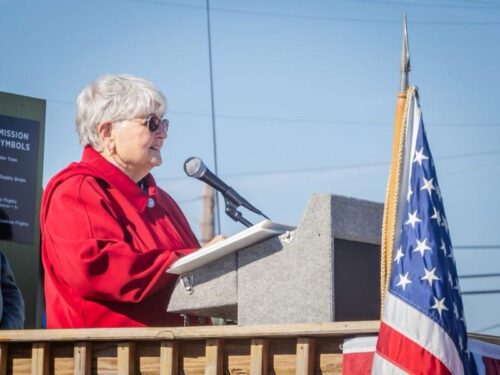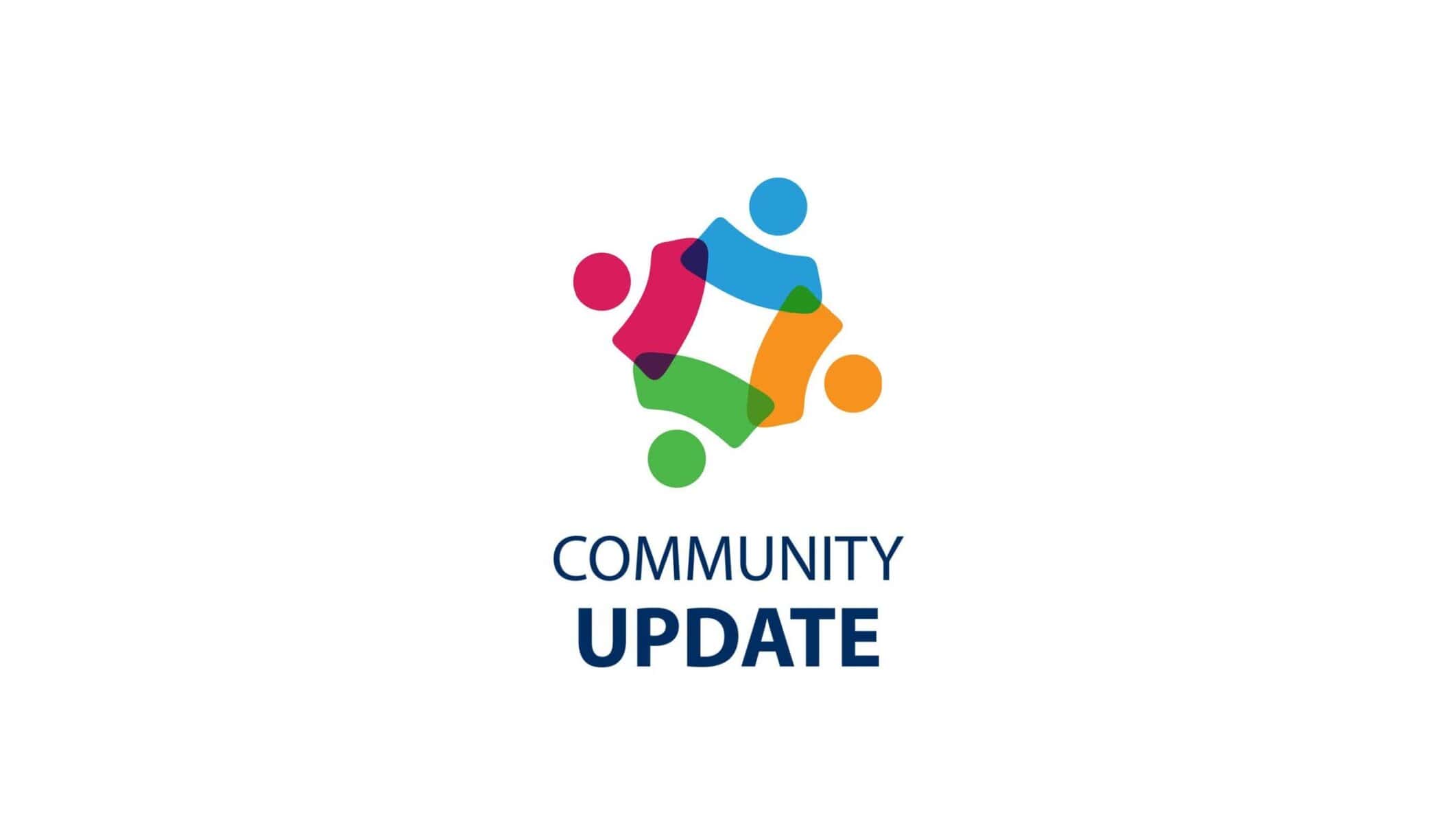Pandemic Overdose Deaths Took Heaviest Toll on Black, Hispanic Communities

This story is being republished under a special NJ News Commons content-sharing agreement related to COVID-19 coverage. Link to story njspotlightnews.org/2022/07/centers-for-disease-control-and-prevention-cdc-pandemic-covid-19-lockdown-fatal-overdoses-deaths-white-community-black-residents-hispanic-residents-skews-black-residents-skews-hispanic-residents-fear/
While it is well known that drug overdose deaths increased during the start of the pandemic—prompting an unprecedented rise in stress and anxiety nationwide—new data shows how the growth was greatest within Black and Hispanic communities, particularly among Black teens and young adults.
Data released Tuesday by the Centers for Disease Control and Prevention for the District of Columbia and more than two dozen states, including New Jersey, show fatal overdoses rose 30 percent between 2019 and 2020. Among Black people, the rise was double that of white residents, 44 percent to 22 percent. Deaths increased 39 percent among American Indians and Alaska Natives; 22 percent for Asians and Pacific Islanders; and 21 percent among Hispanics of any race.
The single-year increases varied significantly among age groups, the CDC data shows. Among Black youth ages 15 to 24, overdose fatalities jumped 86 percent — the biggest rise in any demographic — and 55 percent for Black adults between 25 and 44. Hispanics 15 to 24 years old experienced a 51 percent increase in these deaths, and they rose 46 percent for those over age 65. The smallest growth involved young Alaska Natives and American Indians ages 15 to 24, who reported an 11 percent uptick in overdose deaths.
Profiling pandemic psychology: Experts have said the fear, anxiety and loneliness caused by the COVID-19 pandemic—which has been diagnosed in nearly 2.6 million New Jerseyans, more than 34,000 of whom have died as a result—has had a profound impact on people’s mental health. The economic devastation that followed has also caused widespread and lasting hardships for many.
Overdose fatalities have been trending upward for years in New Jersey, but spiked early in the pandemic, despite efforts by substance-use providers to continue to provide care during lockdown. According to state records, 3,046 people are suspected to have died of overdoses in 2020.
In New Jersey and elsewhere, COVID-19 has taken a disproportionate toll on people of color. Black and Hispanic individuals have been more likely to be infected, hospitalized and to die from COVID-19 than white people. Experts stress this is not biological. People of color tend to face greater exposure risk in their jobs, homes and communities—plus higher rates of underlying medical conditions and less access to medical care, when compared with white residents.
Health care officials in New Jersey reported a significant rise in demand for mental health and addiction services during the first year of the pandemic, especially among young people, resulting in a new push to expand inpatient psychiatric services. Hospital emergency rooms also reported an unusual increase in the proportion of anxiety cases and substance-abuse diagnoses increased 30 percent during the first nine months of the pandemic.
Substance-abuse struggles: The federal data released Tuesday also provided new detail on the substance-use history of overdose fatalities, findings that varied relatively little by race and ethnicity. (It did not include an age-breakdown for these characteristics.) At least three out of four people had struggled with other substances—beyond the one that led to their death—and one in 10 had previously overdosed. Just over 14 percent had received treatment.
When a person died of an overdose, someone else was present nearly 42 percent of the time, the data showed. But naloxone—a drug that can reverse opioid ODs New Jersey has worked to distribute widely—was used in just one in five incidents. Nearly one quarter of those who died showed signs of having injected drugs, findings show.
The data, published in the centers’ Morbidity and Mortality Weekly Report, was collected from 26 jurisdictions that participate in the State Unintentional Drug Overdose Reporting System. This included information on nearly 92,000 deaths recorded in those states and D.C. between 2019 and 2020. Officials said these fatalities were largely caused by illegally produced fentanyl, a synthetic opiate that is far stronger than heroin and is now mixed with many other illegal substances.









